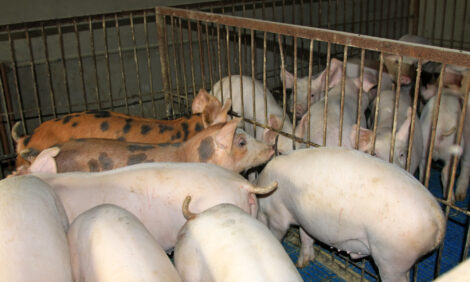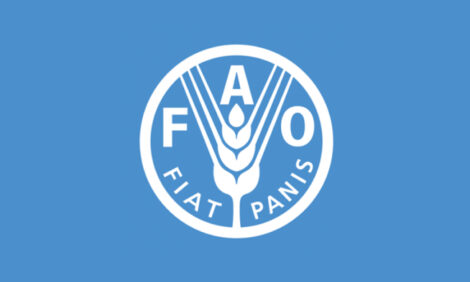



CME: When Will Hog Operations Respond to Feed Costs?
US - Monday’s weekly Crop Progress report from USDA was more of the same — deteriorating corn and soybean conditions that are now rivaling the worst on record, write Steve Meyer and Len Steiner.As of Sunday, only 24 per cent
of the nation’s corn acres were in good or excellent condition. That
compares with 62 per cent last year and 26 per cent last week. This week’s figure is
also the second lowest on record — second only to 1988. On the other
end of the spectrum, 48 per cent of corn acres were rated in poor or very
poor condition. That compares to only 14 per cent last year and 45 per cent last
week. Corn maturity patterns continue to run well ahead of “normal“
pace, pushed along by early planting and an abundance of heat units
this summer. As of Sunday, 94 per cent of the corn had silked. That compares
to only 78 per cent at this time last year and a 5-year average of 77 per cent
for this date. Perhaps more telling is that 13 per cent of the corn crop (vs. 3 per cent
last year and 3 per cent for the 5-year average) is already in the dent stage.
At that point there may be some kernel filling that will add to test
weights (ie. the weight of a bushel of corn or the density of the kernels)
but even that impact will be small. Dented corn is pretty much done
and all indications are that we will continue to run ahead of the normal
pace on this measure as well.
The news was no better (and no less expected, we might
add) for soybeans where 37 per cent of the crop was rated in poor or very
poor condition, up 2 per cent from last week and far beyond the 12 per cent that
was in these categories last year. Only 29 per cent of soybean acres were
rated as good or excellent last week, far below last year’s 60 per cent. Soybeans,
too, are much farther along in their maturity, primarily due to
being planted so early this year. 88 per cent of the crop (vs. 72 per cent last year
and a 5-year average of 75 per cent) is blooming. Those same comparisons
for setting pods are 55 per cent this year vs. 29 per cent last year vs. 25 per cent over the
past 5 years. Of additional concern in most areas will be the degree of
pod filling. Beans per pod is a major yield determinant.
How quickly will hog operations respond to higher feed
costs? Good question and one for which we have very little immediate
data. Corn, soybean meal and lean hogs futures on Monday indicated
that farrow-to-finish hog operations were facing losses of $6.54
per head for all of 2012 (and $14.40/head for the rest of this year!) and
$11.12 per head for 2013. As can be seen in the top chart, when losses
occur, the breeding herd usually declines from December of the
previous year in the very year in question. We don’t have much track
record from which to predict a magnitude for the potential declines but
larger losses only drove 3 per cent cutbacks in 2008 and 2009. Pork producers’
financial conditions are not nearly as good now as they were at
the end of 2007, so we would expect a quicker response but smaller
losses may leave the sow herd decline in the 2 per cent range more akin to
1994 and 2002. Whatever the potential magnitude, the data say it
hasn’t gotten rolling YET. Sow prices have plunged the past three
weeks, indicating ample offerings. Sow purchases (from the mandatory
price reporting data) have been 15, 22 and 12 per cent higher than last
year the past three weeks. But notice that these data have been higher
than last year for most of 2012 — especially relative to sow slaughter,
which finally went above the year-ago level (by 2.8 per cent) just two
weeks ago. We expect the past two weeks to show a marked increase
in FI sow slaughter — one that will likely continue into the fall.










